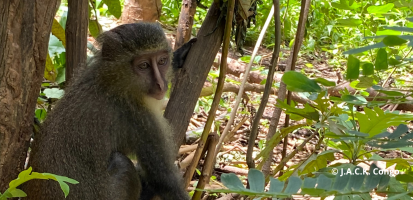The Lesula, from its scientific name Cercopithecus lomamiensis, is a species of cercopithecus discovered in the Democratic Republic of Congo in 2007 in the tropical forests of the Lomami river basin, from which it takes its name.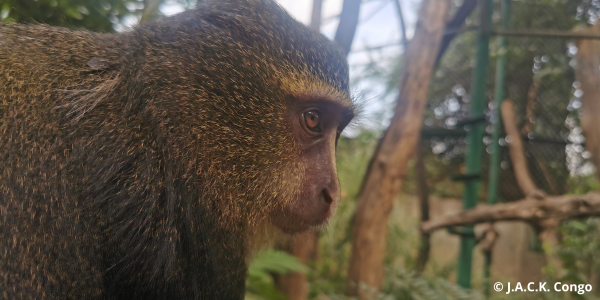
The Lesula is a fascinating primate, distinguished by its beauty and unique appearance. Males and females have very distinct characteristics. Males have shiny golden fur on their backs, while females are duller and grayer. Their faces are adorned with a bright blue ring around the eyes, giving them a striking appearance.
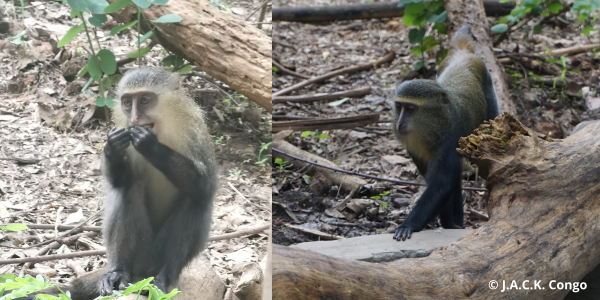
These monkeys, endemic to the DRC, live mainly in dense, humid primary forests, where they move skilfully through the trees thanks to their long, agile limbs. They are diurnal and spend most of their time foraging for food, mainly fruit, leaves and seeds. Lesulas are also known for their complex vocalizations, used to communicate with each other.
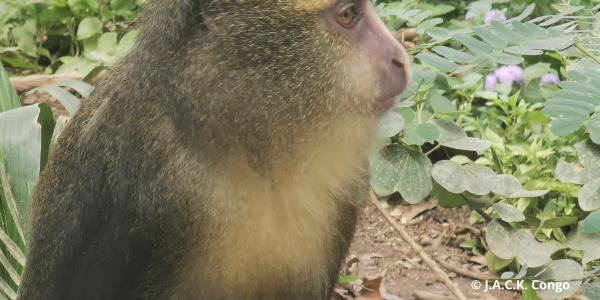
Although the Lesula species is relatively new to science, it already faces many conservation challenges. The rapid destruction of its natural habitat due to illegal logging and agricultural expansion is a serious threat to its survival. Poaching for the illegal trade of exotic animals is another major threat to the species.
Conservation efforts are underway to protect the Lesula species and its habitat. Measures are being taken by the J.A.C.K. sanctuary to raise awareness among local populations of the importance of preserving these unique monkeys, and to strengthen anti-poaching legislation.
Further scientific studies are also being carried out to better understand their behavior, ecology and specific needs.
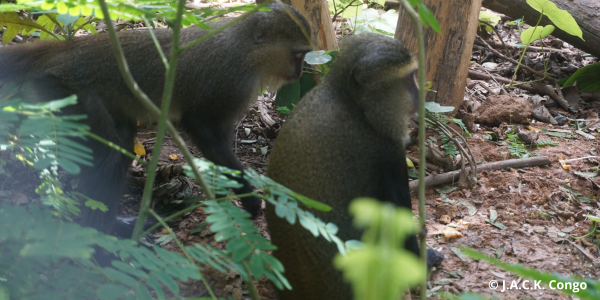
The Lesula species is a precious reminder of the incredible diversity of life on our planet. Its discovery reminds us that even in remote and little-explored regions, there is still much to discover and protect. By preserving the natural habitat of the Lesula species, we contribute not only to its survival, but also to the preservation of a fragile and precious ecosystem that is home to a multitude of other animal and plant species.


